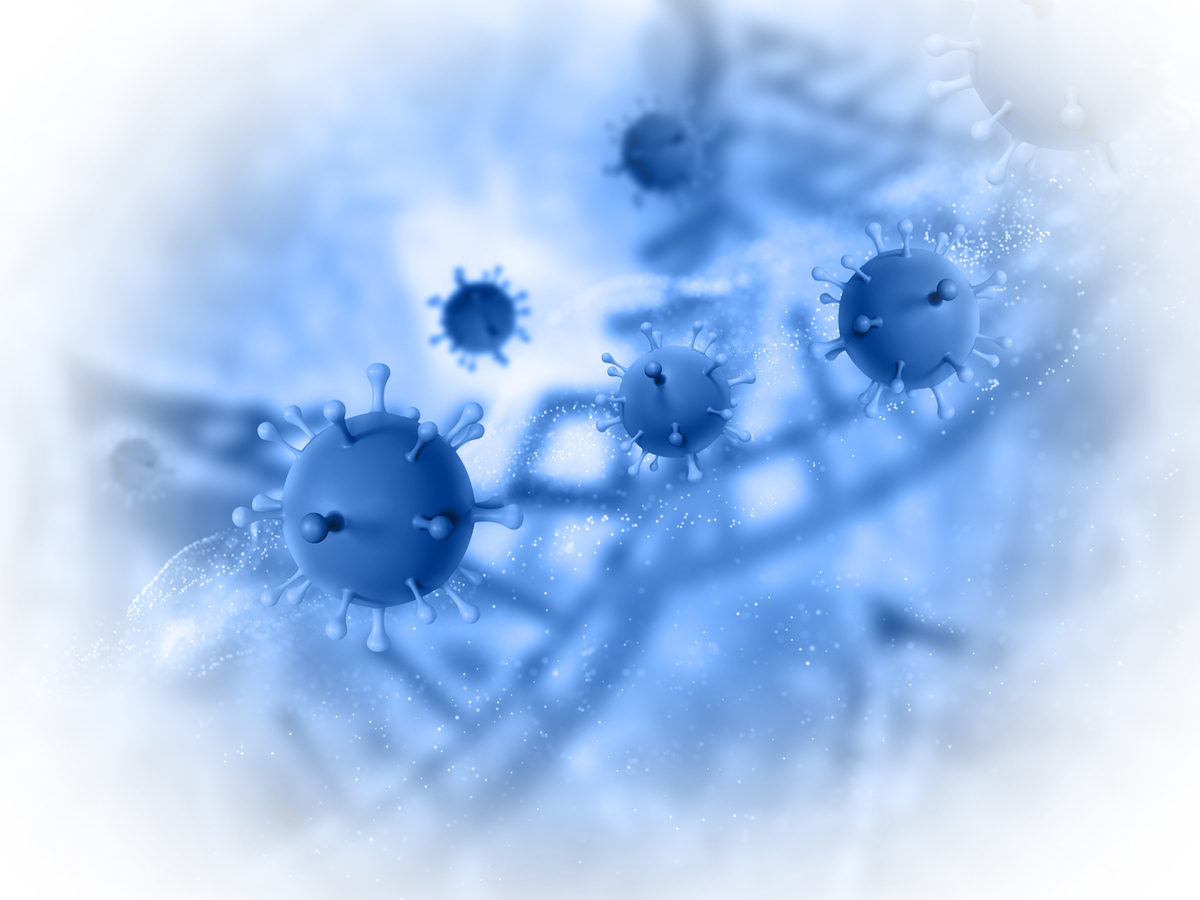The recent good news about the potential COVID-19 vaccine, seemingly in its final stages of development, got the public’s hopes up. However, it will still take some time until the vaccine can be rolled out on a mass scale, so we need to be patient. Meanwhile, health care providers worldwide have spent these last months trying to find a way to decrease the severity of illness in seriously ill patients using existing medications, with the goal of reducing overall mortality.

After this period of trial and errors, clear guidance on the ideal therapeutic method still doesn’t exist, especially since the symptoms have been shown to be extremely diverse, and in large amount dependent on the individual. For example, when talking about patients who tested positive on the PCR test, there is a clear difference between those who show few to no symptoms, and those who require intensive care.
Since there isn’t a worldwide consensus about the stages of COVID-19 yet, we tried to categorize them in some sort of logical order, regarding COVID-19's natural course:
- The presymptomatic phase: the period from exposure to the disease up until the first symptoms.
- The asymptomatic phase: no specific symptoms exist, they can be treated at home, as long as they follow all preventive protocols
- The pulmonary phase, which can further be sub-categorized.
The pulmonary phase of COVID-19 can be:
- Mild: patients with existing symptoms, such as coughing and fever, but showing no shortness of breath, nor signs of pneumonia on imaging. These patients should be put under supervision, and monitor their temperature, saturation and breathing frequencies a few times a day.
- Moderate: There are signs of mild pneumonia and moderately low oxygen saturation. These patients are to be constantly under supervision, with their parameters checked every hour
- Severe: Low oxygen saturation, and problems breathing, due to pneumonia
Next up, we have:
- Hyperinflammation (or the late pulmonary) phase. In critical condition, this means respiratory failure, or some other organ dysfunction. These patients are in the ICU.
- The recovery period. When symptoms persist even after recovering from the disease.
What medications are used to fight COVID-19?
Unfortunately, since COVID-19 is a new disease, a universal therapeutic procedure which would be performed worldwide still doesn’t exist; even different hospitals in the same town have been using different medications and strategies. Scientists and doctors have initially tried to resolve the symptoms by using medications known to have helped during earlier epidemics caused by viruses from the same family, responsible for SARS and MERS.
Different treatment protocols were cross-referenced between different countries and their healthcare facilities in order to find out what would exactly would present the most effective treatment. It was shown that therapy should start in the earliest phases of the disease, in order to increase the chances of a favorable outcome.
Patients suffering from mild COVID-19 symptoms are recommended to take supplements, such as:
- vitamin A – which can help in regaining lost sense of smell
- vitamin D – shown to strengthen the immunity, as well as help fighting inflammation
- Alpha-lipoic acid – because of its antioxidant properties
Patients with moderate coronavirus symptoms, as well as those with existing comorbidities, are given vitamins D, C, and depending on the politics of the caregiver – chloroquine. This medication exists in two main forms – chloroquine phosphate and hydroxychloroquine, of which the latter one is shown to have less side effects. The use of this antimalarial medication has been controversial, with scientific articles both for and against its use in COVID-19 treatment. Experience has shown that chloroquine is safe to be included in therapy, especially if applied accordingly, and not longer than 10 days.
And since chloroquine certainly has its downsides, a consensus has been reached that it shouldn’t be given to patients with heart problems, especially arrhythmias and abnormal EKGs. At the same time, parameters such as blood electrolyte levels and eventual arrhythmias should be carefully monitored in all the patients treated with chloroquine.
Besides chloroquine, many international protocols include antiviral medicines used to treat diseases such as HIV (lopinavir, ritonavir), or Ebola and SARS (remdesivir, which is still being clinically studied, albeit it showed good results). Similar to chloroquine, there are opposite views about whether to use them, resulting in discontinued lopinavir and ritonavir trials from the UK and the WHO. Remdesivir is used in the EU, but not in the USA, even though it showed good results in clinical trials, similarly to favipiravir, a new Japanese flu drug.
COVID-19 treatment: What about critical patients?
Systemic corticosteroids, such as dexamethasone, that suppress the immune system, should be used cautiously, and no longer than seven days. It is recommended only in patients with a severe form of the disease, or if the disease advances quickly, and is shown to significantly reduce the mortality amongst the patients on mechanical ventilation. Besides corticosteroids, other immunosuppressive drugs are being used, such as tocilizumab, which is a monoclonal antibody-based drug, used to treat rheumatoid arthritis. Immunoglobulin therapy is used in patients with low concentration of immunoglobulins.
Plasma therapy, which contains antibodies from recovered patients, although still being studied, is proven clinically to decrease mortality, is being used in patients whose disease progresses rapidly.
Other medications are being used in order to treat different possible symptoms, such as antibiotics, in case of bacterial superinfection in pneumonia, NSAILs, such as ibuprofen, and anticoagulant drugs can also be introduced in therapy if the situation requires so, as well.
- www.ncbi.nlm.nih.gov/pmc/articles/PMC7295552/
- https://www.ncbi.nlm.nih.gov/pmc/articles/PMC7334905/
- https://www.ncbi.nlm.nih.gov/pmc/articles/PMC7412857/


Your thoughts on this